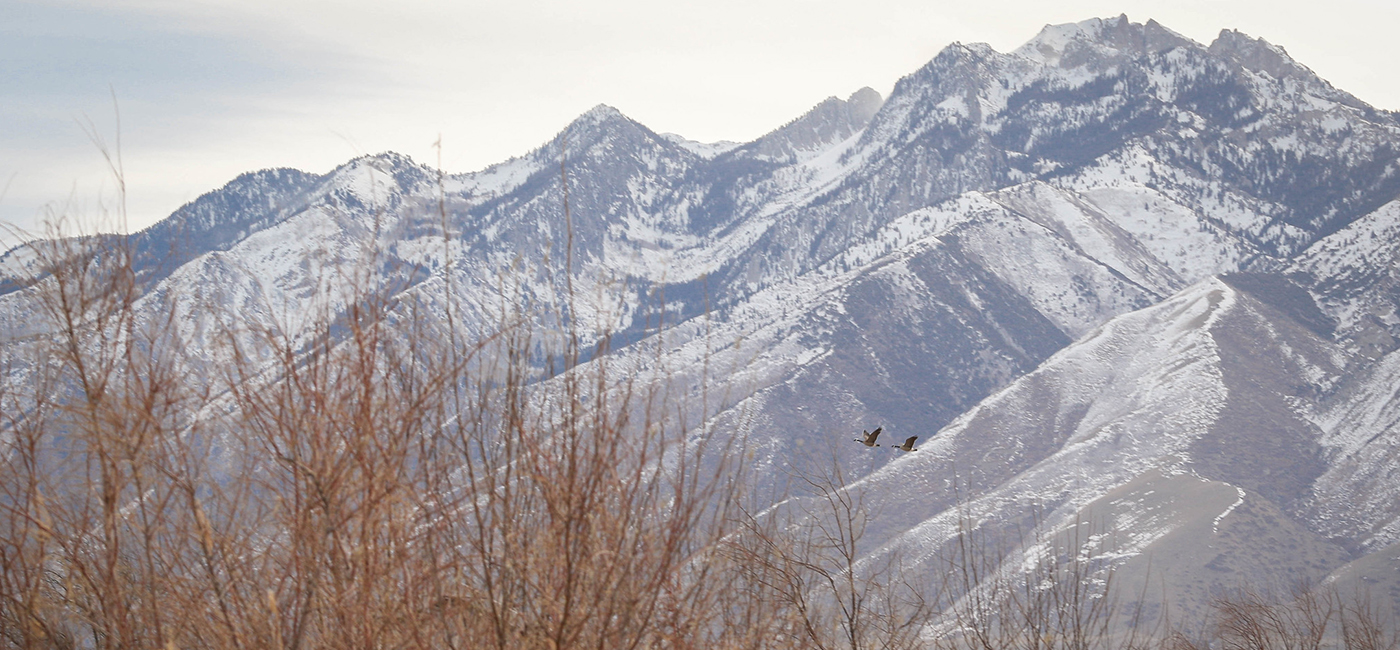Learning Local Indigenous Place Names

I was always curious about learning the original names for where I grew up, but they seemed so inaccessible and hard to find. After many years of study accompanied by too much debt, I learned how to be a better researcher and finally got some answers. I wanted to see what was available first before reaching out to people, because I believe it is important to put in some work to demonstrate a respect for Indigenous folks emotional and material capacity, as well as some level of humility to listen to what is already out there and especially that which Indigenous folks have already said and written. In researching Indigenous place names I started with the online resource ‘Native Places: An Indigenous Atlas of Utah and the Intermountain West’, however it did not have all the ones I was looking for. I kept looking and found more names in the article written in 1913 called ‘Place and Personal Names of the Gosiute Indians of Utah’ by the late Salt Lake City based historian Ralph Chamberlin. However, the spelling he used was not in line with other resources, such as a great book called ‘An Introduction to the Shoshoni Language: Dammen Daigwape’ by Drusilla Gould and Christopher Loether from Idaho State University. The book ‘A History of Utah’s American Indians‘ was also really helpful to re-read, which was edited and written by local Indigenous peoples, but it also had different spellings for people and places throughout. This all got a bit confusing so I reached out to the University of Utah’s Shoshoni Language Project where I learned that this is because there are different orthographies being used by linguists (an orthography is a system of spelling). I worked to remember what I had learned growing up, asked heaps of questions, and read all I could find.
I learned that Newe Taikwa (also Newe Daygwap or Dammen Daigwape) or ‘the people’s language’ (a.k.a. Shoshoni language) is shared across much of Utah, especially in the northern parts, but with varying dialects. These local Shoshonean languages are part of the central Numic language branch of the larger Uto-Aztecan language family that expands across the great basin from southern California and even leap frogs to parts of Texas and Mesoamerica. In the end while I was working on identifying, remembering, and promoting the original names for this place, I decided to use the orthography (spelling) that matches with the University of Utah’s Shoshoni Language Project. This is mainly because it is then easier for me to find words in their online talking dictionary where you can actually hear local Indigenous speakers using correct pronunciations in various dialects. I invite you to thoughtfully reflect on what has been hidden in our mainstream society, and to take action by remembering and sustaining a deeper legacy that still remains. I would encourage you to check these resources out and continue exploring Indigenous place and species names in addition to some of the ones we have shared on our social media platforms and in some of our programs:
Pia Okwai (Big Flow/River, Jordan River)
Soonkahni (Many Houses, Salt Lake Valley)
Piapaa (Big water, Sea – one of the names for the Great Salt Lake)
By: Arcia Tecun